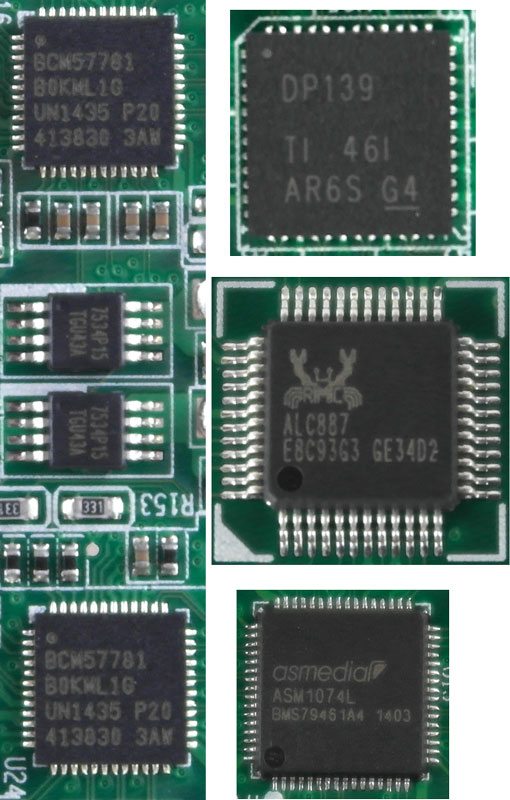ASUSTOR AS5102T 2-Bay Enthusiast NAS Review
Bohs Hansen / 10 years ago
A closer look inside
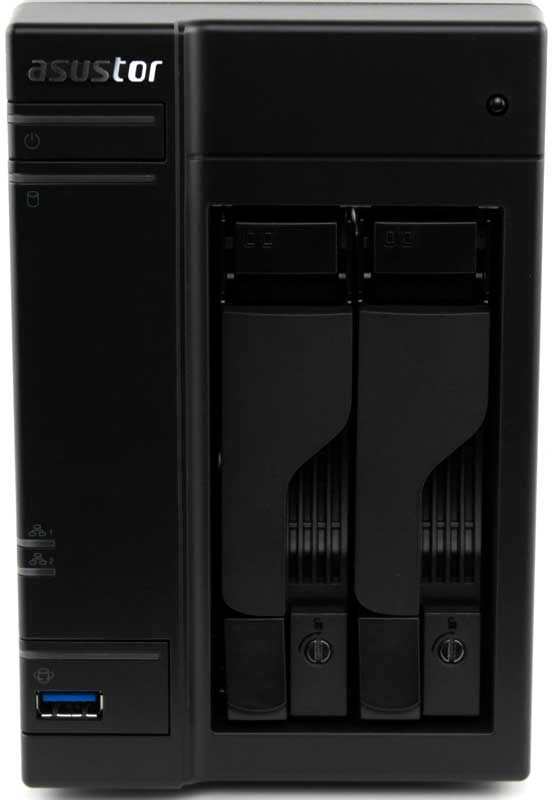
We’ve taken a look at the gorgeous unit from the outside, now it’s time to take it apart and see what lies inside and how it’s all put together. The unit is composed out of three basic components, the motherboard, the SATA bridge, and the front panel, all put together with standard connectors. The metal frame is sturdy and stable and it’s also connected properly with enough screws.

Upgrading the memory is real easy on these units. Just loosen a couple of screws on the rear and slide the top cover off. You’ll expose the motherboard that’s protected by the black film on top, so need to worry less about damaging something. It also makes it easy to see where the RAM slots are, as that’s the only two places that you can fold it back. The unit is using DDR3 SO-DIMM modules and can take up to 8GB total RAM.
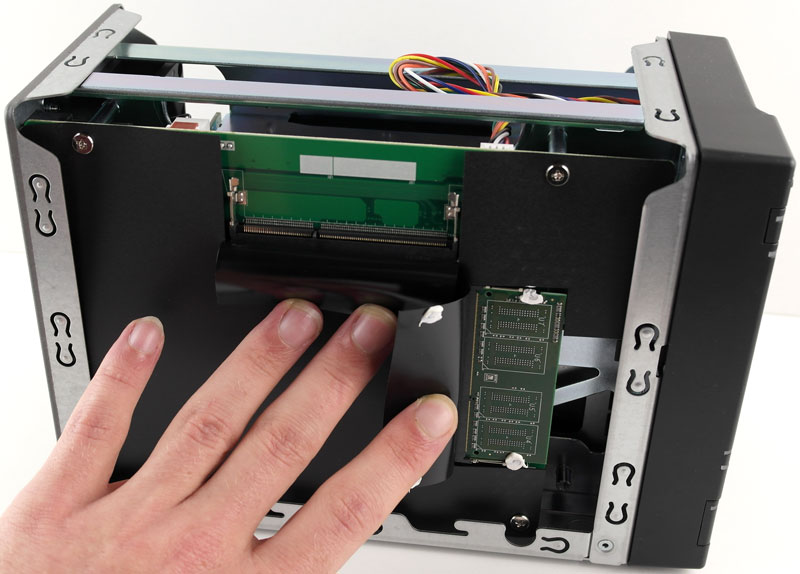
The only, and tiny, flaw on this unit is that you have to break your warranty to properly clean the fan. The warranty sticker is placed above a screw that you need to remove in order to take the rear panel off and get full access; most people never clean their NAS systems and with compressed air if, so this shouldn’t be to big an issue that often.
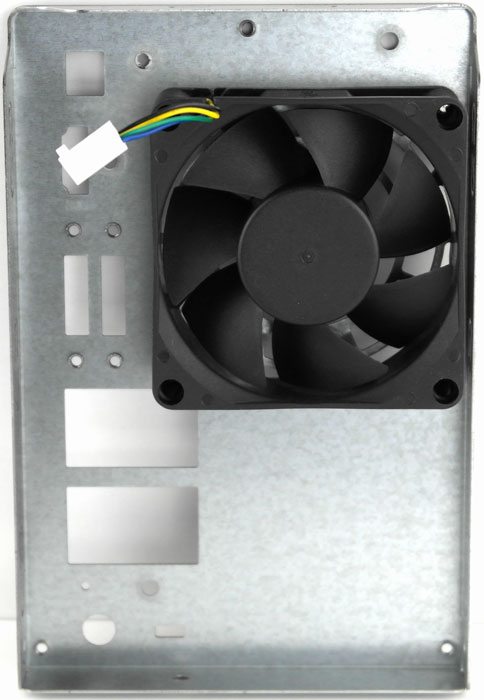
The motherboard looks fairly simple, and it is. The dual-core CPU is passive cooled and the board features a Flash module for the system.
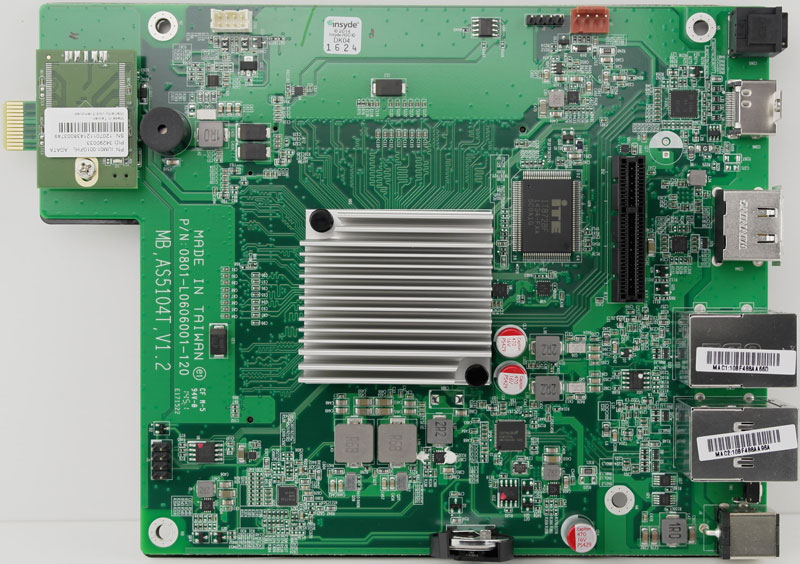
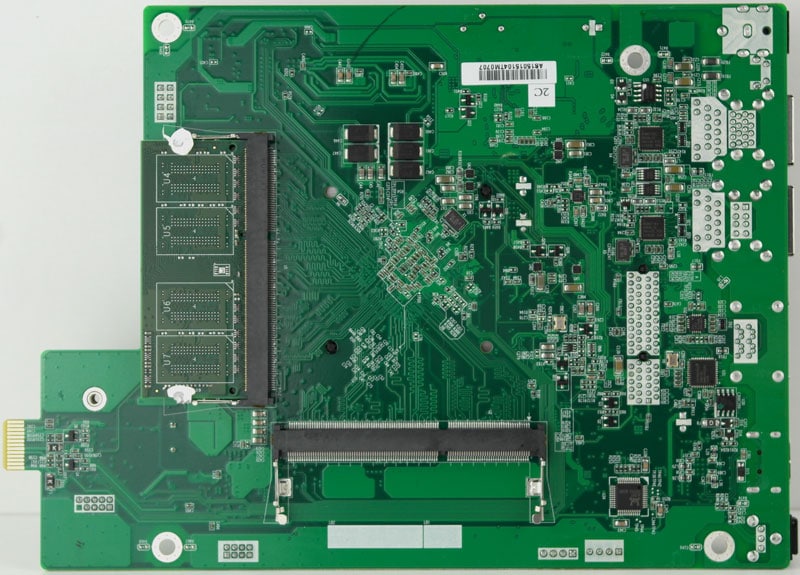
The Flash module is made by AData and is using 1GB Toshiba TC58NVG3SOFTA00 NAND and a Silicon Motion SM3252Q controller.
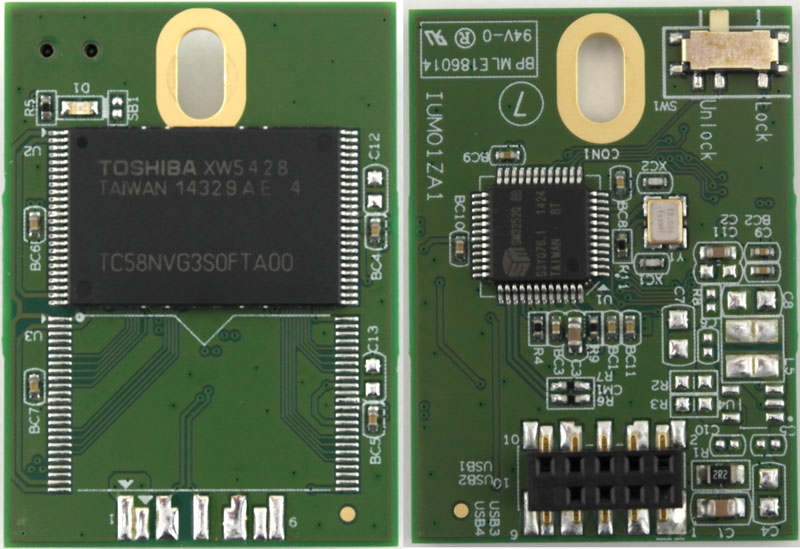
The SATA bridge doesn’t feature much to talk about, but it’s well-built and slides perfectly into place with the chassis.
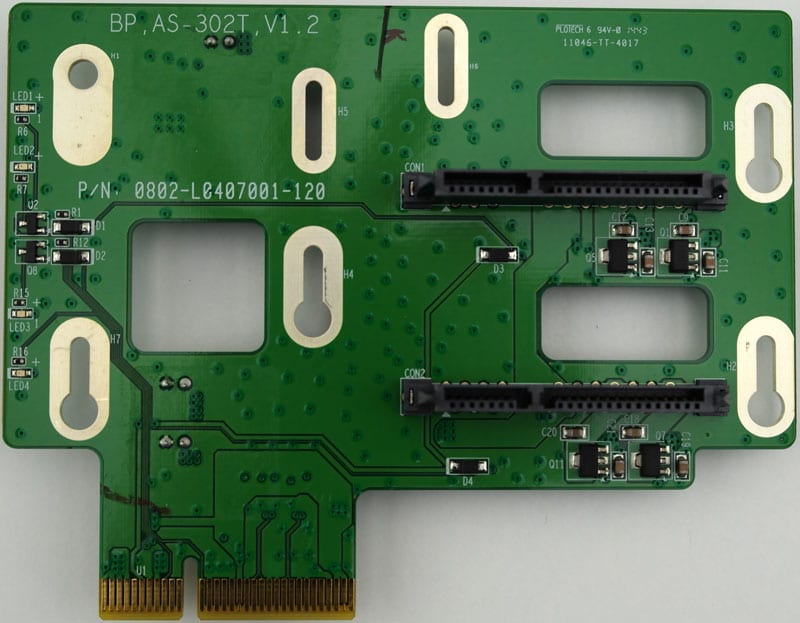
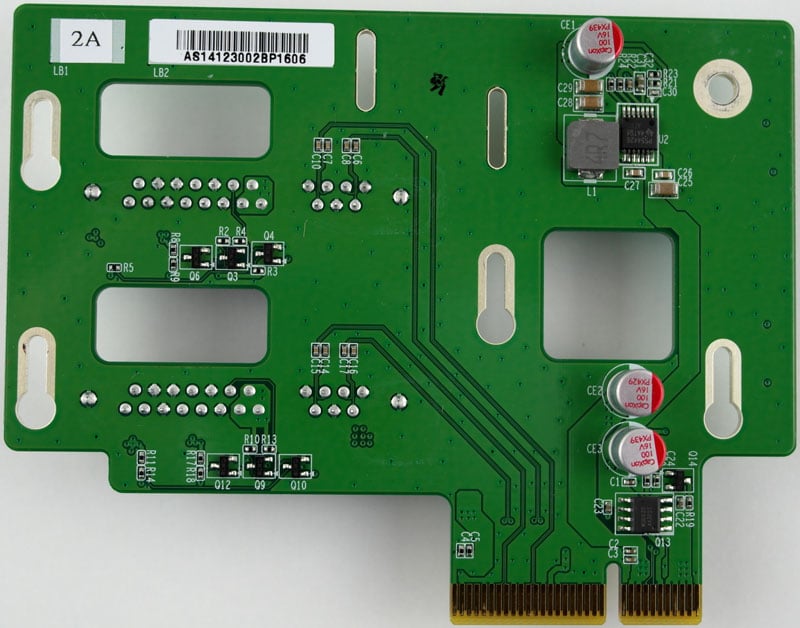
The 2GB memory module is using a one-sided layout with 4 chips that run at 1600MHz with CL11 timings and 1.35V consumption.
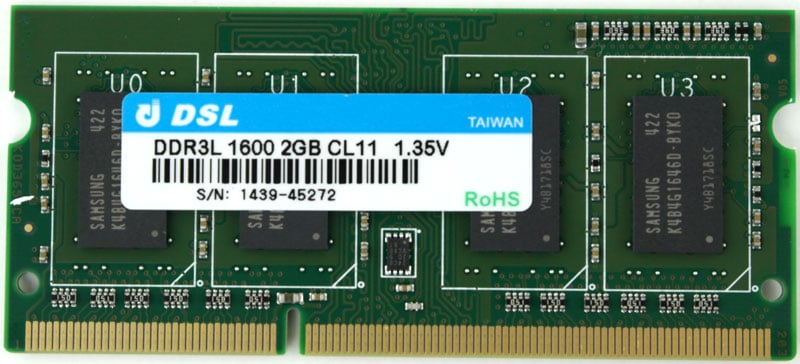
Below is a compilation of some of the chips used in the system, some that might be hard to see on the previous images. We have the Realtek ALC887 HD Audio chip, a Texas Instruments DP139, an ASMedia ASM1074L USB 3 controller and two BCM57781 Broadcom NetLink twelfth-generation 10/100/1000BASE-T Ethernet LAN controller.
